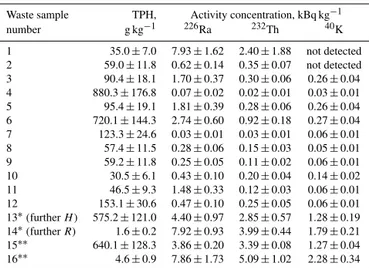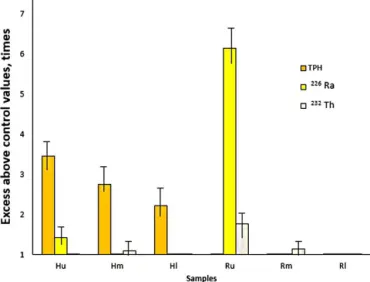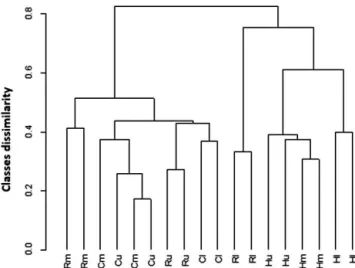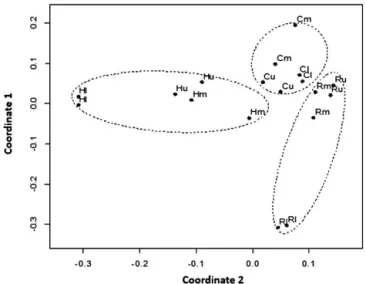Response of soil microorganisms to radioactive oil waste: results from a leaching experiment
Texto
Imagem




Documentos relacionados
ED was the treatment technique applied to two types of matrices containing Cr: chromate copper arsenate (CCA) contaminated soil and municipal solid waste
O IJAT inicialmente foi subordinado à Inspectoria Federal de Obras Contra as Secas – IFOCS, depois denominado de Departamento Nacional de Obras Contra as Secas, –
A formulação teórica de Lerdahl (2001) para o espaço diatônico tonal, que mais tarde servirá como fundamentação para Straus (2014), encontra sustentação no
To evaluate the efficiency of EDTA-induced phytoextraction of Ba and Pb using Brachiaria decumbens for the remediation of soil contaminated by oil well drilling and exploration
To determine the impact of liquid waste from enzymes (LWEs) on soil properties, plant growth and nutrient content in pasture, an experiment was conducted with five different rates
Related to the inhibition of shoot fresh biomass, there was a significant interaction between soil liming, simulated rainfall and the depth range of herbicide leaching for
The tolerance of these strains to these metals was assessed in liquid culture medium containing different concentrations of Zn + Cd and in soil solutions and soils contaminated
The fungi were isolated from soil in the Baixada Santista region, which is contaminated with industrial residues containing a mixture of organochlorine compounds,
